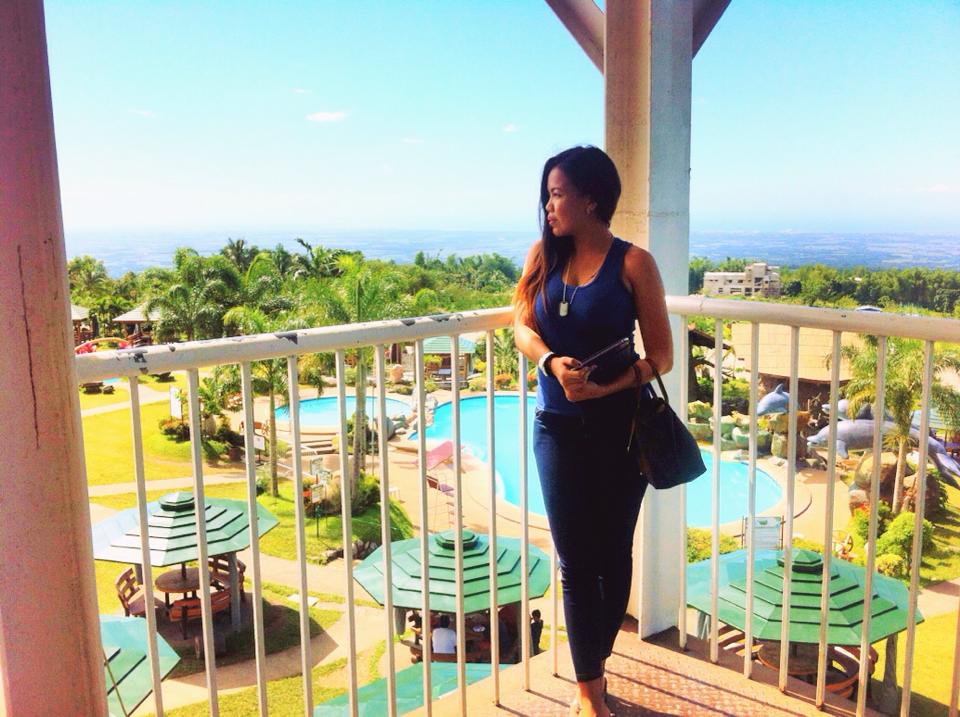Bucketlist #94: The Grand Old Man of Cebu
Cathie
March 12, 2020
0 Comments
I was scanning my gallery for my first ever Cebu adventure with my beau, when I saw this pic I had when I came across a surprising historical marker. As you know, one of my bucket list is to visit at least 50 Historical Markers in my country, so you can imagine how giddy I was when I saw one.
We were walking along Colon Street after we lighted a candle in Basílica Menor del Santo Niño de Cebú, and I was surprised to see this one marker down the street. I've stayed in Cebu for a long time and I've been in and out of the city ever since I left my job in IT Park. And all those times I've been visiting and meandering around, I haven't noticed this NHCP marker. To my surprise, the marker is for the birthplace of the "Grand Old Man of Cebu"
Who is the "Grand Old Man of Cebu"?
He is more than just the face associated with the Philippine fifty-peso bill, Sergio Osmeña Sr. is a revered figure in Cebu. He was born on September 9, 1878, to a single mom, Juana Suico Osmeña. He passed his High School with a grade of Sobresaliente in Seminario Colegio de San Carlos, now known as University of San Carlos. He transferred to Manila in 1894 to earn his degree in Bachelor of Arts in San Juan de Letran, where he first met Manuel Quezon. He then supported himself as a working student while taking up Law in University of Santo Tomas. It is in UST where he and Emilio Jacinto were classmates. When the revolution in Manila started, the Grand Old Man returned to Cebu and worked as a part-time court recorder for the Cebu Audencia. He was also a contributor of articles to El Boletin de Cebu, the only provincial newspaper at that time and to El Comercio, theSpanish Manila-based periodical. His excellent journalism skills earned him the prestigious Medalla del Merito Civil.
Sergio Osmeña Sr. rose from being a newspaper reporter to the Presidency of the Philippine Republic in 1944 - 46. Prior to him earning the highest seat in the country, he was a Municipal Councilor from 1903 to 1904. He became Governor in 1905, and was proclaimed as the first speaker of the Philippine Assembly in 1907. He passed Jones Law that allowed the Filipinos to have a broader participation in running the government in 1916, which led to the creation of a bicameral legislative system - composed of a lower house called the House of Representatives and an upper house known as the Senate. From then he became a Senator from 1922 - 1935. Manuel L. Quezon and Sergio Osmeña Sr. ran as president and vice-president respectively in the 1935 elections for the Commonwealth government, beating their opponents with a huge margin. They flew to the United States when World War II broke out. The Commonwealth government was suddenly exile. When Quezon's sudden death in New York happened on August 1, 1944, the Grand Old Man of Cebu succeeded him in exile and became the first President from the Visayas at the age of 65. Three months after, on October 20, 1944, the now President Osmeña returned to the Philippines with General Douglas MacArthur and his soldiers, landing at the Red Beach, Palo, Leyte. It was in Leyte where he temporarily re-established the Commonwealth government. When the second World War ended in 1945, President Osmeña inherited a devastated country. Nevertheless, he showed that old age was not an obstacle to serve the country. He devoted his short term as president to the restoration of peace and order, providing health services for the Filipinos, handling issues of collaboration, re-establishment of foreign relations, and reconstruction of cities destroyed by war. His term ended in 1946 when he lost to Manuel A. Roxas. Despite that, his character as a nationalist and statesman never vanished.
The memory of the Grand Old Man of Cebu lives on even after his death in 1961. The name Osmeña has ubiquitous presence all over the city. Be it peak, streets, buildings, or monuments.
Philippine Historical Committee 1959: BIRTHPLACE OF SERGIO OSMENA SR.
Truly, it is worthy to pay tribute to a man who fought for the liberty we enjoy today. That is why I hope that they will do something about making this marker more presentable. Cause honestly, this is just... sad.
❤️ Sharing is caring. A few seconds of click can go a long way. If you like this article like, share, and
follow my adventures on these social media platforms:
follow my adventures on these social media platforms:











